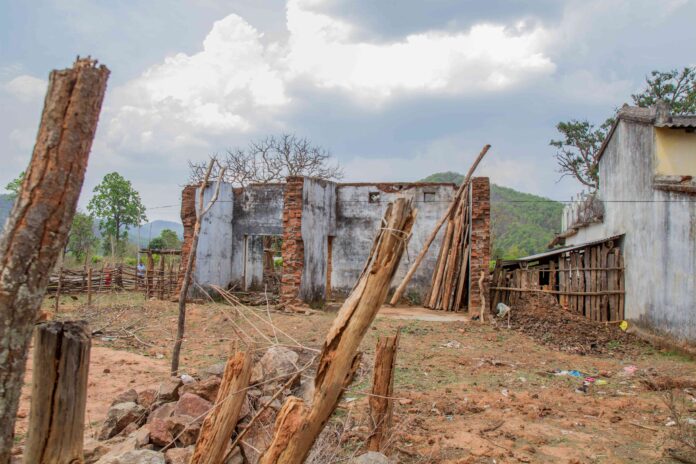This week marks twelve years since the organized attack against Christians in the Kandhamal district of Orissa.
The brunt of the attack took place over the course of four days from 25th to 28th August 2008. The violence, however, continued for over several weeks. According to the National People’s Tribunal, over 600 villages were destroyed and looted, 232 churches destroyed and over 39 Christians were killed. Around 5,600 houses were burnt and 54,000 people were displaced and left homeless. Human rights groups report higher numbers, with The Kandhamal Committee for Peace and Justice reporting over 90 deaths. There were numerous incidents of forced conversion into Hinduism and more than 40 women were reportedly sexually assaulted. Many first-person accounts include stories of Christians hiding in the forests for weeks, fearing for their lives. Many displaced after the violence never returned to the area.
Kandhamal is a forested area located in the heart of Orissa. Christians form about 20 percent of its population, mostly from Dalit and Adivasi communities. Tensions between Hindutva groups and the Christians had existed for many years. Hate campaigns against Christian conversions go all the way back to the 1960s. Around Christmas 2007, violent attacks took place over Christmas celebrations, with churches and houses being burnt down and vandalized, and hundreds of people left homeless.
The massacre of 2008 began after the murder of Vishwa Hindu Parishad leader Swami Laxmanananda Saraswati. One cannot begin to tell the story of this violence without talking about what this religious leader represented. In the documentary ‘The Agony of Kandhamal’, Swami Laxmanananda Saraswati is quoted saying “The actual intention of the Europe, US, the Pope, and Sonia Gandhi was to convert the entire region into the independent Christian land. That is why their campaign was to drive away Swamiji and create a Christian land. As long as I am alive I shall not let you do that.” His anti-Christian ideology was the cause of violence and persecution of Christians in the area for a long time before his death. He campaigned vigorously against missionaries and worked to reconvert Dalits and Adivasis who had adopted Christianity. Upon his murder, violent mobs led by the Sangh Parivar were instigated leading to what is considered the worst anti-Christian violence in the history of India.
Anto Akkara, a journalist and author of the book ‘Who Killed Swami Laxmanananda’ concluded that the Hindutva groups and the Odisha police falsely spread the theory of a “Christian conspiracy” against Swami Laxmanananda that led to the violence. The court also bought this narrative and seven men, all Christians, were convicted of his murder and sentenced to life imprisonment in October 2013.
The men maintained their innocence throughout and spent seven years in prison, falsely accused. All seven were released on bail in 2019 by the Supreme Court after two local police officers admitted the men were falsely accused, and a Maoist leader took responsibility for the crime.
In August 2016, The Supreme Court ordered the state government to reinvestigate 315 cases of violence reported during the Kandhamal attack, where the perpetrators were not prosecuted. The court also noted the inadequate compensation provided to the victims. BJP MLA Manoj Kumar Pradhan, one of the few convicted for the violence, remained an MLA from the area until 2014 when he lost to a Congress candidate. Twelve years on, Dalit and Adivasi Christians of Kandhamal still await justice.
The violence in Kandhamal is not an isolated incident. Anti-Christian violence has been growing in India. In 2019, the Evangelical Fellowship of India (EFI) documented 366 instances of violence against Christians in their annual report. These numbers only give a partial picture of religious violence as many cases go unreported. Just this year, in June, 14-year-old Samaru Madkami from the Malkangiri district in Orissa was killed and his body was allegedly chopped into pieces for converting to Christianity. This intersection of religion and caste is essential to understanding anti-Christian violence perpetrated by Hindutva forces. A report by the Institute for Dalit Studies concluded that “discrimination, violence, and atrocities being committed on Dalit Christians are mostly on caste lines and its nature and forms are same as that of the offences and atrocities”. Dalit and Adivasi Christians form the majority of the victims of religious violence, especially in their physical forms.
The 2008 violence is a constant reminder that anti-Christian hatred is still thriving in India The memory of the Kandhamal violence continues to be alive for survivors who experienced it and for Christians across the country.
Lydia Jayakumar, 21, is a recent graduate of Political Science and Economics at St. Stephen’s College, New Delhi.























